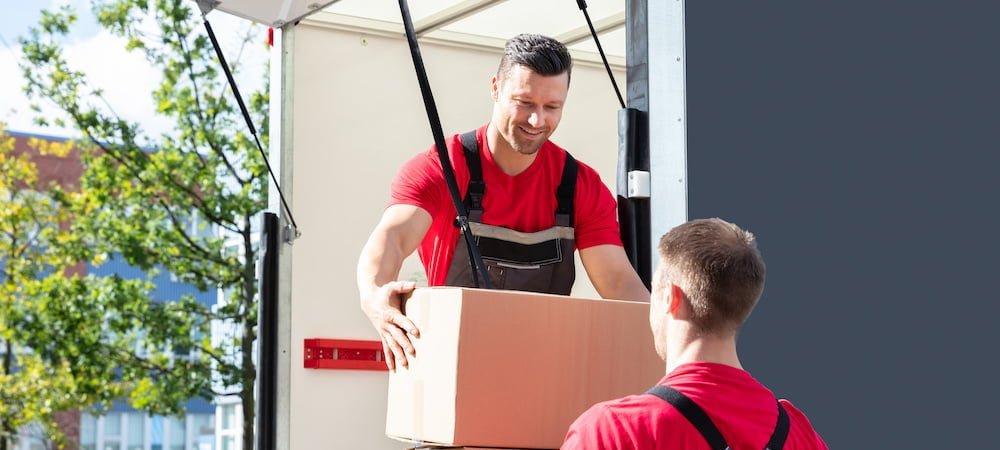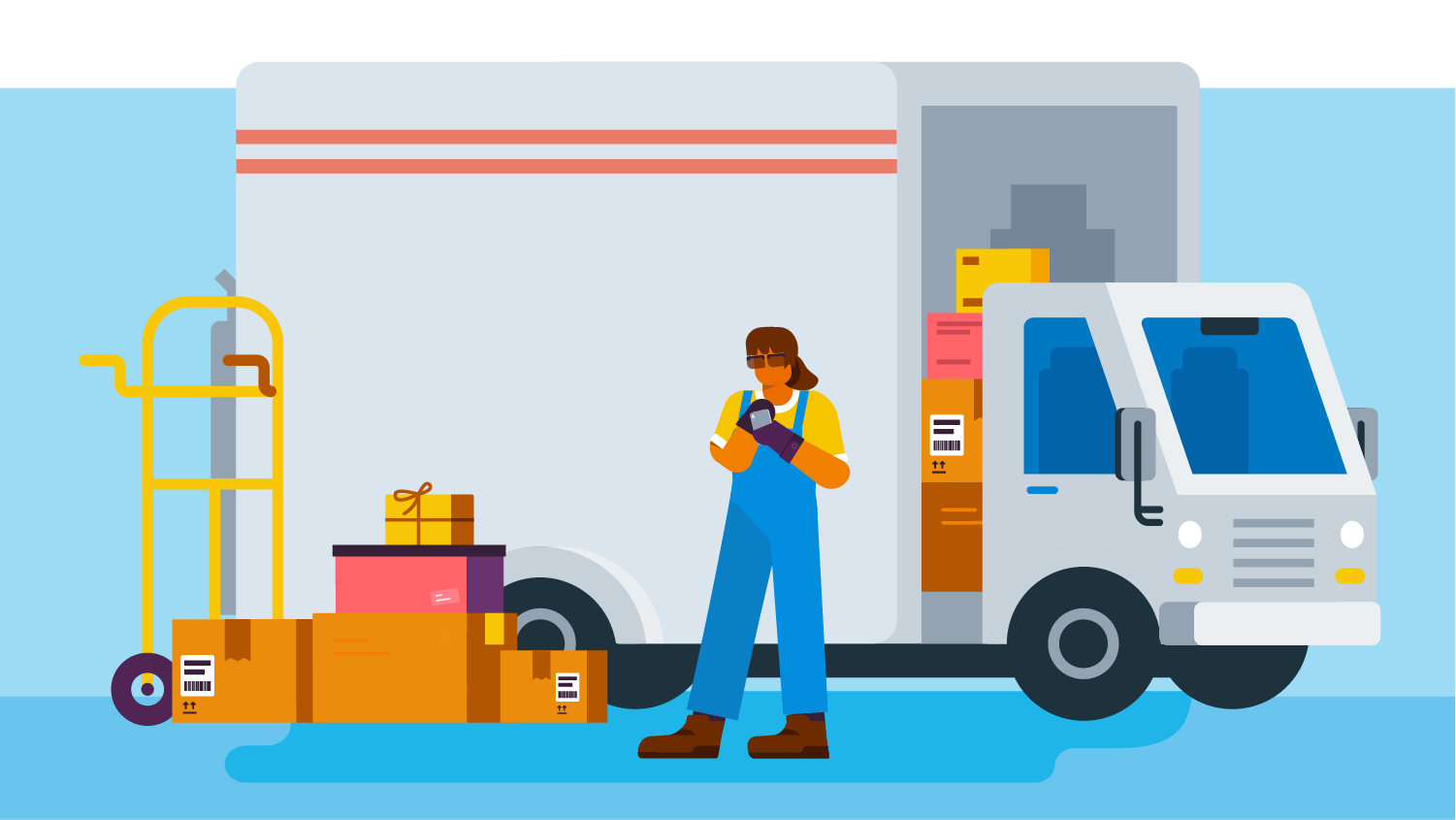Affordable Moving Services: Professional Moving Experts Can Help Make Your Transition Smooth And Stress-Free
History and Development of Moving Services
The Dawn of Moving: From Muscle to Makers
Image this: a handful of strong guys carrying heavy trunks on wooden carts, browsing cobblestone streets with sweat and determination. Before the modern-day moving industry took shape, moving was a brutal, labor-intensive job. In ancient times, relocation typically implied counting on sheer physical strength and simple tools. The lack of specialized services implied households and merchants had to coordinate every detail themselves, typically risking damage or loss.
But isn't it remarkable how necessity fuels innovation? As cities broadened and commerce grew, the requirement for effective, trustworthy moving solutions ended up being glaringly obvious. Get in the age of horse-drawn wagons and later on, motorized lorries, which changed how personal belongings traveled from one place to another.
Industrial Transformation: The Driver for Change
The 19th century's commercial boom improved numerous aspects of life, consisting of how individuals moved. Suddenly, metropolitan migration surged, and with it, the demand for expert movers escalated. No longer was moving a basic task; it progressed into a specific service offering:
- Packaging proficiency to protect fragile products
- Organized loading strategies maximizing space
- Transportation options customized to different distances
This period marked the birth of companies devoted entirely to moving, preparing for today's complex logistics and customer-centric techniques.
Technological Improvements and Their Effect
Can you think of moving without modern devices? The development of hydraulic lifts, forklifts, and pallet jacks transformed the industry over night. Suddenly, movers might handle bulky furnishings and heavy home appliances with ease, decreasing injuries and improving effectiveness.
Additionally, the integration of digital technology sparked a new age of development. GPS tracking, online booking platforms, and real-time stock management have ended up being staples in the moving services landscape. These tools not only enhance openness however also empower customers to stay linked and informed throughout their moving journey.
Key Milestones in Moving Solutions Evolution
| Period | Development | Significance |
|---|---|---|
| Ancient Times | Manual work and standard carts | Structure of moving as a necessity |
| 19th Century | Horse-drawn wagons and packaging services | Birth of professional moving companies |
| 20th Century | Motorized trucks and mechanized devices | Increased effectiveness and scale |
| 21st Century | Digital combination and GPS technology | Enhanced consumer experience and logistics |
Reflections on the Journey
Showing on the advancement of movers, one might wonder: how did a simple act of transporting valuables become a sophisticated market? It's a tale of strength, adjustment, and continuous enhancement. From the sweat-soaked streets of old to the precision-driven operations these days, the history of moving services is as dynamic as individuals who depend on them.
Next time you pack a box or work with a mover, consider the layers of history ingrained in every action. The journey of movers encapsulates human ingenuity, transforming what was when a complicated task into a seamless experience.
Checking out the Spectrum of Moving Providers
When the time pertains to move your life from one address to another, the range of moving services offered can feel like browsing a labyrinth. Do you require an easy loading and dumping crew, or does your move demand the finesse of full packing and unpacking? Comprehending the subtleties can save hours of frustration and unexpected costs.
Typical Types of Moving Providers
- Regional Moves: Developed for relocations within a city or city, these services generally operate on a hourly basis, best for short ranges.
- Long-Distance Relocations: Covering moves beyond 100 miles, these need more coordination, from logistical planning to protect transportation, typically priced by weight and distance.
- Full-Service Moves: Movers deal with everything-- packing, packing, carrying, dumping, and often even unloading. Suitable for those pushed for time or energy.
- Self-Service Moves: You load and fill your personal belongings, while the business manages transport and unloading. A happy medium offering cost savings and some convenience.
- Specialty Moves: For delicate, large, or important products like pianos, antiques, or art work, needing customized devices and competence.
Professional Tips to Navigate Your Moving Service Choices
- Focus on Flexibility: Choose a service that adjusts to unforeseen delays or last-minute changes-- rigid schedules can turn a smooth move into a logistical problem.
- Examine Insurance Coverage Options: Not all moving business provide the exact same level of defense. Comprehending your protection can avoid heartache if something goes awry.
- Request Detailed Inventories: A precise product list avoids disagreements and makes sure accountability, specifically when dealing with long-distance or specialty relocations.
- Consider Time of Year: Seasonal need can impact availability and rates. Early reserving throughout off-peak seasons may give better service and versatility.
- Inquire About Packing Materials: High-quality boxes, bubble wrap, and padding can be the distinction in between a scratched treasure and a pristine arrival.
Table: Service Features Compared
| Service Type | Who Packs? | Transport Mode | Normal Rates Design | Ideal For |
|---|---|---|---|---|
| Local Move | Consumer or Movers | Truck | Hourly | Brief distances, small loads |
| Long-Distance Move | Movers | Truck or Container | Weight & & Distance | Cross-state or local relocation |
| Full-Service Move | Movers | Truck | Flat or Weight-Based | Time-sensitive, high-stress moves |
| Self-Service Move | Customer | Truck or Container | Flat or Per hour | Cost-conscious, hands-on movers |
| Specialized Move | Movers with expertise | Specialized Devices | Custom-made Quote | Fragile or valuable products |
The Unseen Complexity Behind Each Option
Have you ever questioned why moving appears uncomplicated on tv however turns into a cascade of last-minute choices in genuine life? The fact depends on the complexities of each service type. For circumstances, full-service moves might look like a high-end, however the competence associated with packaging fragile treasures or dismantling large furnishings is a craft honed over years. Meanwhile, choosing a self-service move might conserve money, however it requires an eager understanding of how to pack effectively-- did you understand that stacking oddly shaped boxes improperly can cause internal moving throughout transit, wrecking fragile contents?
Choosing the right kind of moving service is not almost convenience-- it's about securing your memories and investments. What's your relocation's story going to be?

Packaging and Moving Techniques
Ever tried to fit a travel suitcase that simply won't close? That's the sort of puzzle professional movers solve daily-- but on a much larger scale. The secret lies not in brute force however in tactical positioning and smart usage of area. Packaging isn't simply about stuffing items into boxes; it's an art kind where every inch counts.
Layering for Success
Envision a painter layering colors to produce depth. When packaging, start with much website heavier items at the bottom, then cushion with softer materials like bubble wrap or towels. This avoids damage and maximizes box stability. Unusually shaped items can slip into spaces, minimizing lost area.
- Wrap fragile items individually with tissue or foam to avoid scratches.
- Use clothes as padding-- it's both efficient and eco-friendly.
- Fill empty areas with packaging peanuts or crumpled paper to minimize motion.
Identifying: The Unsung Hero

What excellent is ideal packing if you spend hours searching through boxes? Comprehensive labeling is a game-changer. Instead of unclear tags like "Cooking area," attempt this method:
| Label | Description | Concern |
|---|---|---|
| Delicate - Glasses | Manage with care, contains fragile items | High |
| Essentials - Very First Night | Products required immediately after moving | Urgent |
| Books - Study Room | Stacked, heavy books | Medium |
Strategic Packaging Tips
- Disassemble large furnishings and keep screws in identified bags taped to the pieces.
- Use uniform box sizes when possible-- stacking ends up being simpler and more secure.
- Don't overpack boxes; weight limitations exist for a reason. Go for 40-50 pounds max.
- Wrap furnishings edges with moving blankets to prevent scratches throughout transit.
- Seal boxes with top quality packing tape-- double layers on the bottom are important.
Why do some movers swear by a color-coded system? Since it removes uncertainty on moving day. Appoint each room a color and mark boxes appropriately. This little step can save hours when unloading and unpacking.
Packing and moving demand precision-- like a chess game where every relocation counts. Have you ever observed how some movers handle bulky items effortlessly? They take advantage of angles and pivot indicate browse tight corners without damage. It's not muscle; it's technique.
Unseen Battles Behind the Moving Van Doors
Ever enjoyed a group of professional movers bring a grand piano through a narrow entrance and questioned how they pull it off without a scratch? The art of moving isn't simply muscle and trucks; it's a fragile dance with unpredictability. Weather can flip from a sunlit blessing to a torrential menace in minutes, turning a simple drive into a logistical labyrinth.
One infamous obstacle is the labyrinthine design of some homes or apartment or condos. Staircases too tight for dollies, doorways narrower than basic boxes, or elevators that barely fit a couch-- these physical peculiarities require innovative options on the spot. Movers typically resort to unconventional methods like dismantling furniture or utilizing personalized padding to secure both the product and the home.
Accuracy Packaging: More Than Just Covering
It's appealing to think packing is merely packing boxes, but the truth is a complex puzzle of weight distribution and fragility. Movers must prepare for how items will move during transit-- a miscalculation can suggest shattered treasures or dinged up appliances. The ace in the hole? Strategic layering and utilizing materials with specific shock-absorbing qualities.
- Bubble wrap is basic, however alternating it with foam sheets can dramatically decrease effect damage.
- Heavy items go at the bottom; fragile ones nestle on top, cushioned by soft textiles.
- Identifying boxes not simply by contents however by managing guidelines guarantees quicker, safer discharging.
Another less discussed stress is the mental toll. The clock ticks non-stop, and every hold-up ripples through tight schedules. Staying calm amidst disorderly last-minute changes requires imagination and group synergy.
Traffic Jams and Timing: The Unnoticeable Opponents
| Challenge | Specialist Strategy | Effect |
|---|---|---|
| Urban blockage | Path optimization apps and flexible scheduling | Lessens delays and fuel intake |
| Parking restrictions | Pre-arranged licenses or strategic parking close by | Avoids fines and time loss |
| Unpredictable weather | Water resistant coverings and contingency strategies | Maintains the condition of items and devices |
Do you truly understand what it takes to keep a moving day on track? It's not just about strength or stamina; it's about foresight, versatility, and a deep understanding of every piece of the puzzle. The next time you see movers at work, keep in mind: behind that smooth operation lies a series of determined maneuvers and fast thinking that few ever notice.